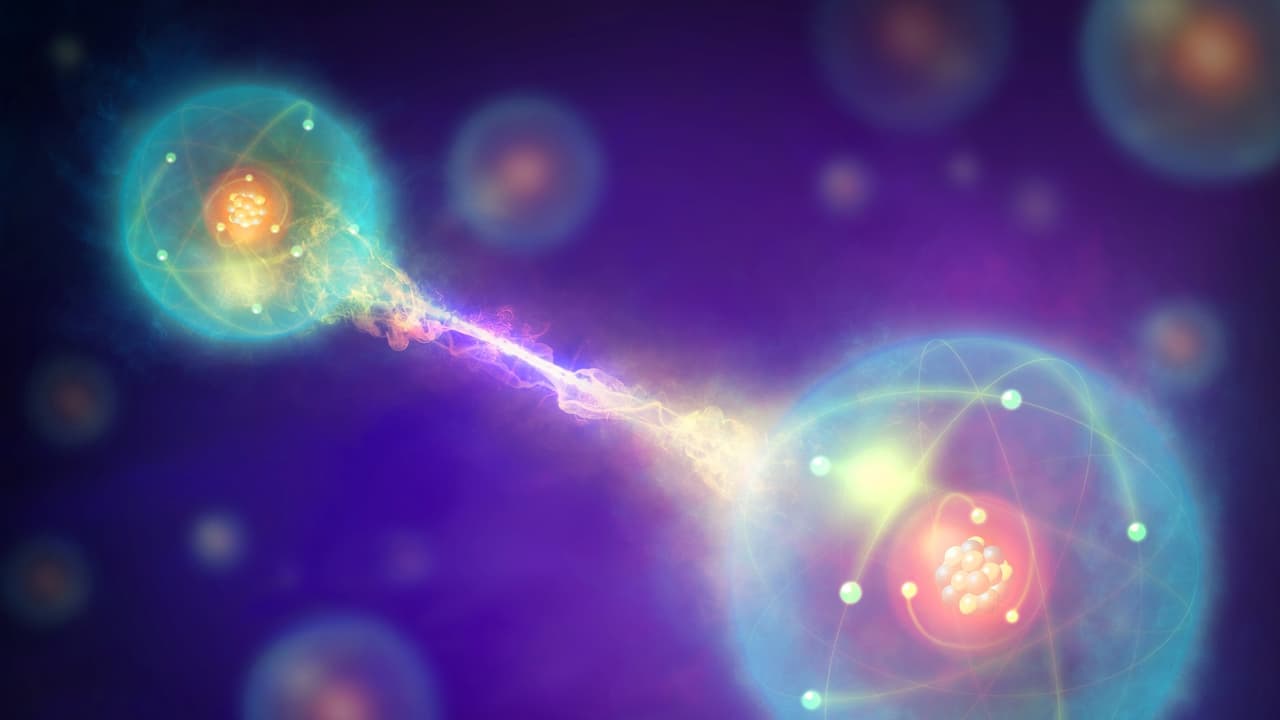Scientists derive a quantum version of Bayes’ rule, bridging classical probability and quantum theory. This breakthrough could transform quantum computing, machine learning, and how we handle uncertainty in quantum systems.
An international team of physicists has extended Bayes’ rule into the quantum realm, potentially transforming how we handle uncertainty in quantum computing and machine learning. The study is published in the journal Physical Review Letters.
For over two centuries, Bayes’ rule has guided how we update our beliefs based on new evidence. From predicting the weather to interpreting medical tests, the principle helps turn uncertainty into reasoned probability. Now, an international team of researchers has taken this 250-year-old mathematical rule and given it a quantum twist.
By applying a principle known as the “minimum change”—which updates beliefs as little as possible while staying consistent with new information—the team derived a quantum version of Bayes’ rule from first principles. Their work connects classical probability with quantum theory, providing fresh insights into how information behaves at the smallest scales.
From Flu Tests to Quantum States
Bayes’ rule, named after 18th-century statistician Thomas Bayes, describes conditional probability: how likely something is given what we already know. For instance, a positive flu test doesn’t guarantee illness but changes the likelihood based on prior assumptions and the accuracy of the test. This systematic approach to updating belief has long been a cornerstone of rational decision-making.
In the quantum world, uncertainty is even trickier. The state of a quantum particle doesn’t give a definite answer about its position until measured. When new measurements are made, they adjust our knowledge of the system—essentially updating our beliefs. The researchers showed that the same logic underpinning Bayes’ rule can apply to quantum states.
The Principle of Minimum Change in Quantum Terms
At the heart of this quantum Bayes’ rule is the principle of minimum change. In classical probability, this principle ensures that new information adjusts beliefs in the smallest necessary way. The team translated this idea into the quantum world using quantum fidelity, a measure of how similar two quantum states are. Maximizing fidelity between the “before” and “after” quantum states effectively minimizes the change, just like Bayes’ rule in classical probability.
A Connection to the Petz Map
Interestingly, the equations derived by the researchers sometimes matched a mathematical concept called the Petz map, proposed in the 1980s. The Petz map has long been considered a likely candidate for a quantum equivalent of Bayes’ rule, especially for applications like quantum error correction and machine learning. This new work provides a principled derivation, offering strong validation for the map’s use.
“This is the first time a quantum Bayes’ rule has been derived from a higher principle, not just guessed based on properties,” said Professor Valerio Scarani of the Centre for Quantum Technologies at the National University of Singapore. His colleagues on the study include Assistant Professor Ge Bai of Hong Kong University of Science and Technology and Professor Francesco Buscemi of Nagoya University.
Looking Ahead
By bridging classical probability and quantum theory, this research opens doors to smarter ways of handling uncertainty in quantum systems. The team hopes that exploring other quantum measures with the minimum change principle could uncover even more tools for quantum computing and machine learning.
In short: Bayes’ rule, a 250-year-old tool for reasoning about uncertainty, just learned some quantum tricks—and it could change how we think about information at the smallest scales.
